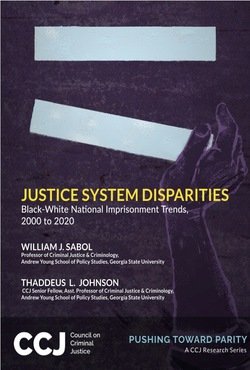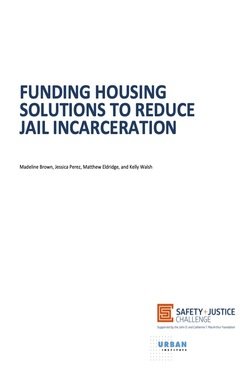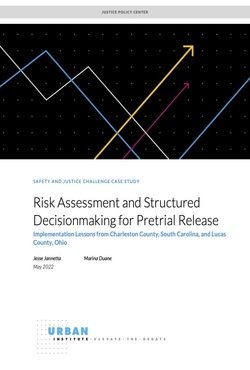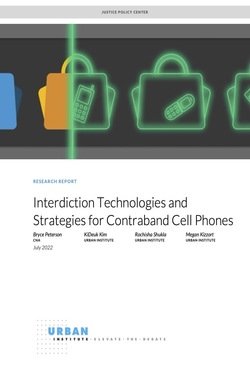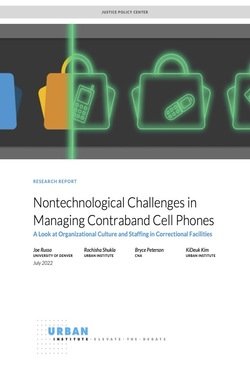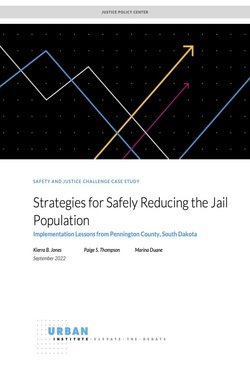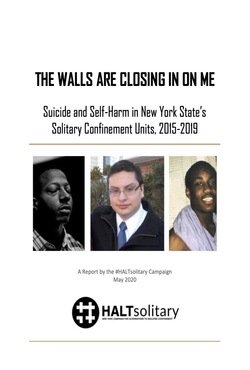By Nazgol Ghandnoosh, and Ashley Nellis
Over 260,000 people in U.S. prisons had already been incarcerated for at least 10 years in 2019, comprising 19% of the prison population. Nearly three times as many people—over 770,000— were serving sentences of 10 years or longer. These figures represent a dramatic growth from the year 2000, when mass incarceration was already well underway. Based on criminological evidence that criminal careers typically end within approximately 10 years and recidivism rates fall measurably after about a decade of imprisonment, The Sentencing Project recommends taking a second look at sentences within 10 years of imprisonment. This research brief presents state-level analysis revealing a common growing trend of lengthy sentences, as well as significant geographic variation. The analysis also addresses racial disparities in long sentences. Because racial disparities are even starker here than among those serving shorter prison terms, focusing reform efforts on sentences of 10 years or more can accelerate racial justice. Finally, the brief presents the criminological and legal foundations for sentencing reform and offers recommendations for policymakers.
Washington, DC: The Sentencing Project, 2022. 16p.









